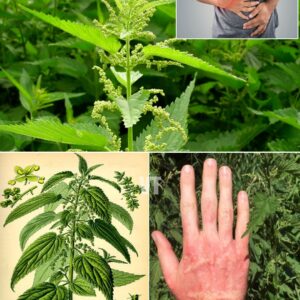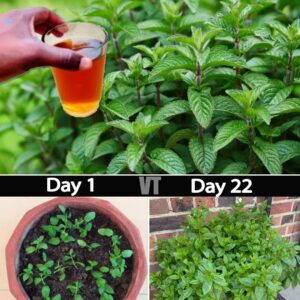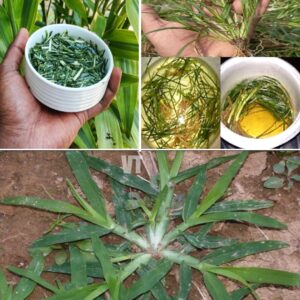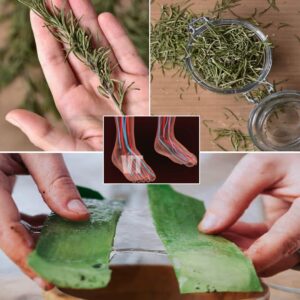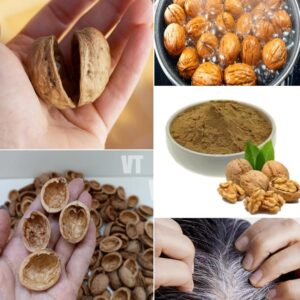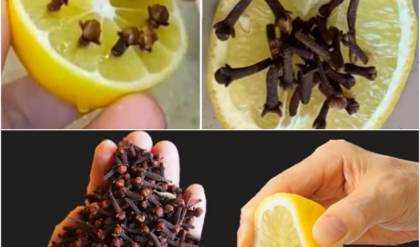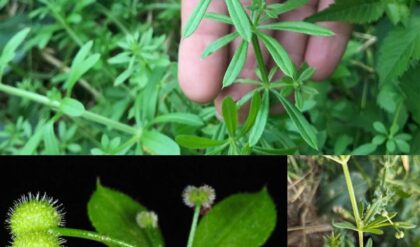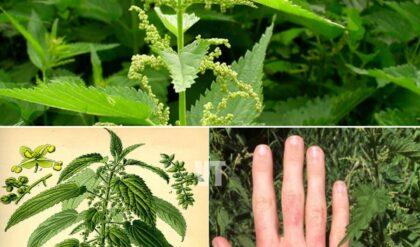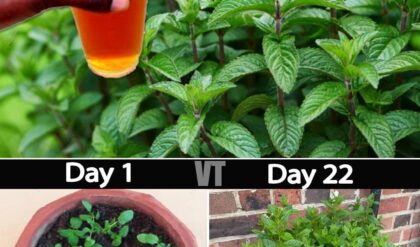Fresh mint is not only a delightful addition to culinary dishes and beverages, but it also brings a refreshing aroma to any space it inhabits. While it’s a wonderful herb to have on hand, growing it abundantly in containers requires a bit of know-how and care. In this guide, we’ll unveil the secrets to cultivating an abundant supply of fresh mint right in your own home using containers.
Choosing the Right Container
Selecting the Ideal Location
Mint thrives in partial to full sunlight, so place your containers in a spot that receives at least 4-6 hours of sunlight per day. However, in hotter climates, providing some afternoon shade can help prevent the leaves from scorching. If you’re growing mint indoors, place the containers near a south-facing window where they can soak up ample sunlight.
Using Quality Soil Mix
Use a well-draining potting mix enriched with organic matter to provide nutrients and support healthy growth. Avoid using garden soil, as it tends to become compacted in containers and may hinder root development. Mix in some compost or aged manure to enhance soil fertility and improve moisture retention.
Watering Wisely
Mint prefers consistently moist soil, so water your containers whenever the top inch of soil feels dry to the touch. Be careful not to overwater, as this can lead to root rot. Water deeply, allowing the excess water to drain freely from the bottom of the containers. During hot weather, you may need to water more frequently to keep the soil evenly moist.
Fertilizing Sparingly
Mint is a relatively low-maintenance herb when it comes to fertilizing. Too much fertilizer can cause excessive leaf growth at the expense of flavor, so apply a balanced, water-soluble fertilizer sparingly every 4-6 weeks during the growing season. Alternatively, you can top-dress the soil with compost or organic fertilizer to provide a slow-release nutrient source.
Controlling Growth
Mint has a tendency to spread vigorously, sometimes overtaking neighboring plants. To prevent it from becoming invasive, consider planting mint in containers rather than directly in the ground. You can also plant mint in a buried pot to contain its roots and prevent them from spreading uncontrollably.
Harvesting for Abundance
The key to growing tons of fresh mint lies in regular harvesting. Pinch off the top leaves and stems as needed, starting when the plants reach about 6 inches in height. Regular harvesting encourages bushier growth and prevents the plants from becoming leggy. You can harvest mint leaves throughout the growing season, but the flavor is best before the plants flower.
Troubleshooting Common Issues
Keep an eye out for pests such as aphids, spider mites, and whiteflies, which can occasionally plague mint plants. If detected, treat them promptly with insecticidal soap or neem oil to prevent infestations from spreading. Additionally, watch for signs of powdery mildew, a fungal disease that thrives in humid conditions. To prevent powdery mildew, ensure good air circulation around the plants and avoid overhead watering.
By following these secrets to growing mint in containers, you’ll soon be harvesting an abundance of fresh, aromatic leaves to enhance your culinary creations and enjoy refreshing mint-infused beverages all season long. With the right care and attention, your mint plants will thrive and provide you with an endless supply of this versatile herb right at your fingertips.
News
Blood sugar drops immediately! This plant is a real treasure for humans body
Stinging nettle (Urtica dioica) is often regarded as a bothersome weed, but this unassuming plant is actually a nutritional powerhouse with a multitude of health benefits. One of its most significant properties is its ability to help regulate blood sugar…
The Overlooked Medicinal Marvel Lurking in Your Backyard
In the serene confines of your backyard, amidst the vibrant foliage and verdant grass, lies a humble yet powerful botanical gem – the broadleaf plantain. Despite its inconspicuous presence, this unassuming herb boasts a wealth of medicinal properties, quietly offering…
The Healing Power of Goose Grass – A Backyard Miracle for Over 10 Ailments
Nestled within our own backyards, often overlooked and considered a mere weed, goose grass, or Galium aparine, holds a wealth of medicinal properties that have been cherished for centuries by herbalists and traditional healers. This unassuming plant, with its tiny…
Just mix rosemary with aloe – are a real lifesaver. You only need to do this twice a week.
Nature provides some of the best remedies for various health and beauty concerns, and two of the most powerful plants are rosemary and aloe vera. Combining rosemary with aloe creates a potent natural remedy that can be a true lifesaver…
All You Need to Know About Orange Peels: Uses and Amazing Benefits
When we think about oranges, we typically focus on the juicy, sweet flesh inside and discard the peel without a second thought. However, orange peels are packed with nutrients and offer numerous practical uses and health benefits. From culinary applications…
Everyone eats walnuts, but most people don’t know what wonderful benefits walnut shells have, they just throw it away
Walnuts are celebrated for their delicious taste and impressive health benefits, but most people don’t realize that the hard, seemingly useless shells encasing the nut also hold surprising value. While it’s common to toss walnut shells aside, they are actually…
End of content
No more pages to load
